Pulicat Lake is a stunning lagoon located on the border of Andhra Pradesh and Tamil Nadu in India. This beautiful lake is a popular spot for birdwatchers and nature enthusiasts, as it is home to a wide variety of migratory birds and offers breathtaking views of the surrounding landscape. In this blog post, we will explore the beauty of Pulicat Lake, its birds, and the scenic drive up to the nearby space center.
Pulicat Lake is the second largest brackish water lagoon in India and covers an area of about 720 square kilometers. The lake is separated from the Bay of Bengal by a narrow barrier island and is fed by several rivers and streams. The lake is known for its rich biodiversity and is home to over 160 species of birds, including flamingos, pelicans, herons, egrets, and many more. The best time to visit the lake is during the winter months, when thousands of migratory birds flock to the area from as far away as Siberia.
One of the most popular activities at Pulicat Lake is birdwatching. Visitors can take a boat ride out onto the lake and get up close and personal with the many different bird species that call the lake home. The lake is also a great place for fishing, and visitors can rent a boat and try their luck at catching some of the local fish.
If you're driving to Pulicat Lake from Chennai, you'll be treated to a stunning drivealong the scenic East Coast Road (ECR). The ECR is a beautiful coastal highway that runs along the Bay of Bengal and offers stunning views of the ocean and the surrounding countryside. As you drive north towards Pulicat Lake, you'll pass through several small villages and towns, each with its own unique charm and character.
One of the highlights of the drive is the Sriharikota Space Center, located just a few kilometers north of Pulicat Lake. This space center is home to India's space program and is where many of the country's satellites and other spacecraft are launched. Visitors can take a guided tour of the facility and learn about the history of India's space program and its many achievements.
Some of the birds that can be spotted around Pulicat Lake include:
Flamingos
Pelicans
Herons
Egrets
Storks
Spoonbills
Ducks
Cormorants
Gulls
Terns
Plovers
Sandpipers
Lapwings
Eagles
Kites
Asian Openbill
These are just some of the bird species that can be found around Pulicat Lake. The best time to visit the lake for birdwatching is during the winter months, when thousands of migratory birds flock to the area from as far away as Siberia.
Pelicans can be found in Pulicat Lake. The lake is home to several species of pelicans, including the spot-billed pelican (Pelecanus philippensis) and the great white pelican (Pelecanus onocrotalus). These large waterbirds are easily recognizable by their long, broad bills and distinctive pouches, which they use to catch fish. Pelicans are known for their impressive diving abilities and can often be seen plunging headfirst into the water to catch their prey.
Egrets can be found in Pulicat Lake. Egrets are a type of heron that are known for their long, slender legs and necks, and their white or gray feathers. The lake is home to several species of egrets, including the little egret (Egretta garzetta), the intermediate egret (Ardea intermedia), the great egret (Ardea alba), and the cattle egret (Bubulcus ibis).
Egrets are often seen wading through the shallow waters of Pulicat Lake, searching for small fish, frogs, and other aquatic creatures to eat. They are known for their graceful movements and can often be seen standing motionless in the water, waiting patiently for their prey to appear.
Painted Stork is a bird species that can be found in Pulicat Lake. The Painted Stork is a large wading bird that is easily recognizable by its distinctive pink and white plumage, yellow beak, and long legs. It is a resident bird species in India and can be found in wetlands, such as Pulicat Lake, throughout the country.
The Painted Stork feeds on a variety of aquatic creatures, including fish, frogs, and insects, and often forages in shallow water. The bird is known for its distinctive feeding behavior, which involves swinging its head from side to side in the water and snapping its beak shut when it detects prey.
Pond Heron (Ardeola grayii) is another bird species that can be found in Pulicat Lake. The Pond Heron is a small heron that is easily recognizable by its brown and white plumage and yellow eyes. It is a resident bird species in India and can be found in wetlands, such as Pulicat Lake, throughout the country.
The Pond Heron feeds on a variety of small aquatic creatures, including fish, frogs, and insects, and often forages in shallow water. It is known for its distinctive feeding behavior, which involves standing motionless in the water and waiting for prey to come within striking distance.
Common Coot is another bird species that can be found in Pulicat Lake. The Common Coot is a medium-sized waterbird that is part of the rail family. It has a distinctive black plumage, a white beak, and a red eye. The bird is a resident species in India and can be found in wetlands such as Pulicat Lake throughout the year.
Purple Moorhen (Porphyrio porphyrio) is another bird species that can be found in Pulicat Lake. The Purple Moorhen is a medium-sized bird that is part of the rail family. It has a distinctive purple-blue plumage and a red bill and frontal shield. It is a resident bird species in India and can be found in wetlands, such as Pulicat Lake, throughout the country.
The Purple Moorhen is an omnivorous bird that feeds on a variety of plant and animal matter, including seeds, fruits, insects, and small fish. It is often seen swimming in shallow water or walking on vegetation near the water's edge.
Glossy Ibis (Plegadis falcinellus) is another bird species that can be found in Pulicat Lake. The Glossy Ibis is a medium-sized wading bird that is easily recognizable by its iridescent greenish-black plumage and long, curved bill. It is a resident bird species in India and can be found in wetlands, such as Pulicat Lake, throughout the country.
The Glossy Ibis feeds on a variety of small aquatic creatures, including fish, frogs, and insects, and often forages in shallow water. The bird is known for its distinctive feeding behavior, which involves probing its bill into the mud or water to catch its prey.
The Asian openbill is one of the bird species that can be found in Pulicat Lake. The Asian openbill (Anastomus oscitans) is a large stork that is easily recognizable by its distinctive beak, which has a gap between the upper and lower mandibles that is used to feed on snails, which are its primary food source.
The Asian openbill is a resident bird species in India and can be found in wetlands, such as Pulicat Lake, throughout the country. In addition to the Asian openbill, Pulicat Lake is home to a wide variety of other bird species, both resident and migratory, making it a popular destination for birdwatchers and nature enthusiasts.
The Asian openbill can be found in several wetland areas across India, in addition to Pulicat Lake. Some of the other wetlands where the Asian openbill can be spotted include:
- Chilika Lake in Odisha
- Bharatpur Bird Sanctuary in Rajasthan
- Sultanpur Bird Sanctuary in Haryana
- Vedanthangal Bird Sanctuary in Tamil Nadu
- Kumarakom Bird Sanctuary in Kerala
- Point Calimere Wildlife and Bird Sanctuary in Tamil Nadu
- Ranganathittu Bird Sanctuary in Karnataka
- Bhitarkanika National Park in Odisha
These wetland areas are known for their rich biodiversity and are home to a wide variety of bird species, making them popular destinations for birdwatchers and nature enthusiasts. The Asian openbill is just one of the many bird species that can be spotted in these wetlands, along with other stork species, herons, egrets, and many more.
Pulicat Lake is a beautiful and peaceful destination that is perfect for nature lovers and birdwatchers. The lake's rich biodiversity and stunning scenery make it a must-visit destination for anyone traveling to the region. And with the added bonus of the scenic drive along the ECR and the opportunity to visit the Sriharikota Space Center, a trip to Pulicat Lake is sure to be a memorable experience for all who visit.
Related Blogposts -

 Delhi to Bhopal Road Trip - The very first day of our 14 days long trip through east coast of India || Noida to Rameshwaram
Delhi to Bhopal Road Trip - The very first day of our 14 days long trip through east coast of India || Noida to Rameshwaram The Majestic Brihadeeshwara Temple: A Glimpse into the Architectural Brilliance of Thanjavur in Tamilnadu, India
The Majestic Brihadeeshwara Temple: A Glimpse into the Architectural Brilliance of Thanjavur in Tamilnadu, India
 Unlocking the Treasures of Saraswati Mahal Library in Thanjavur, Tamilnadu || Exploring India's oldest and most fascinating collection of manuscripts
Unlocking the Treasures of Saraswati Mahal Library in Thanjavur, Tamilnadu || Exploring India's oldest and most fascinating collection of manuscripts
 Exploring the Legacy of Dr. APJ Abdul Kalam at House of Kalam: A Journey through His Life and Achievements
Exploring the Legacy of Dr. APJ Abdul Kalam at House of Kalam: A Journey through His Life and Achievements
 Hotel Gokulam and Golden Minerva Coffee Cafe in Madanapalle, Andhra Pradesh, India || The town that provided us great food and a comfortable night stay
Hotel Gokulam and Golden Minerva Coffee Cafe in Madanapalle, Andhra Pradesh, India || The town that provided us great food and a comfortable night stay
 Exploring the Architectural Marvels and Historical Significance of Arulmigu Ramanathaswamy Temple in Rameshwaram, Tamilnadu : A Spiritual Journey Through Time
Exploring the Architectural Marvels and Historical Significance of Arulmigu Ramanathaswamy Temple in Rameshwaram, Tamilnadu : A Spiritual Journey Through Time
 Embracing the Serenity of Sunrise: Exploring Dhanushkodi in the Early Hours of the Morning | Tamilnadu Diaries
Embracing the Serenity of Sunrise: Exploring Dhanushkodi in the Early Hours of the Morning | Tamilnadu Diaries


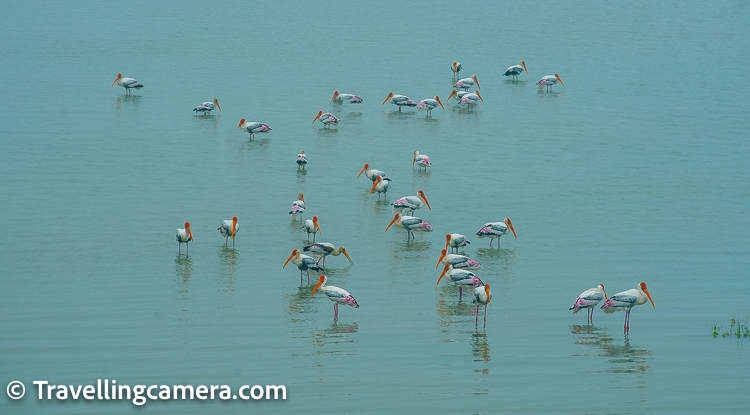





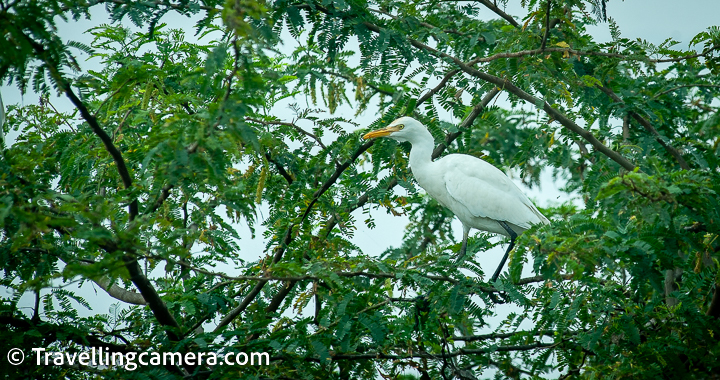
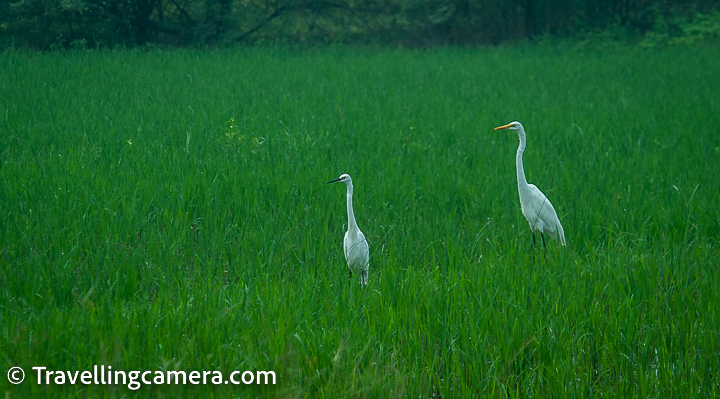


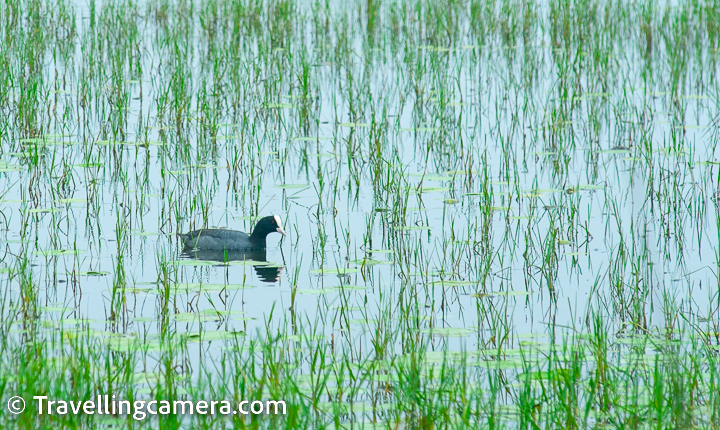

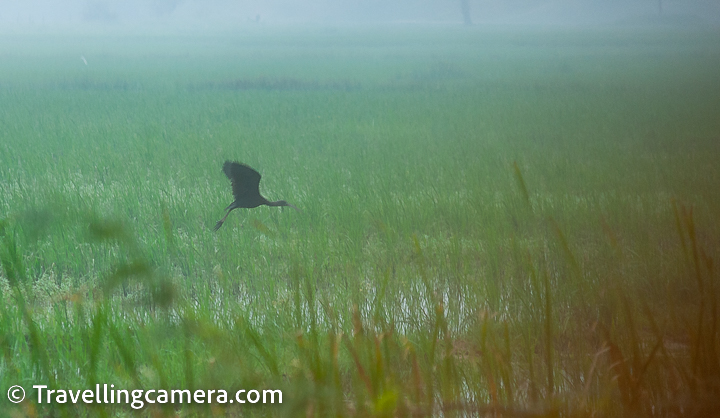
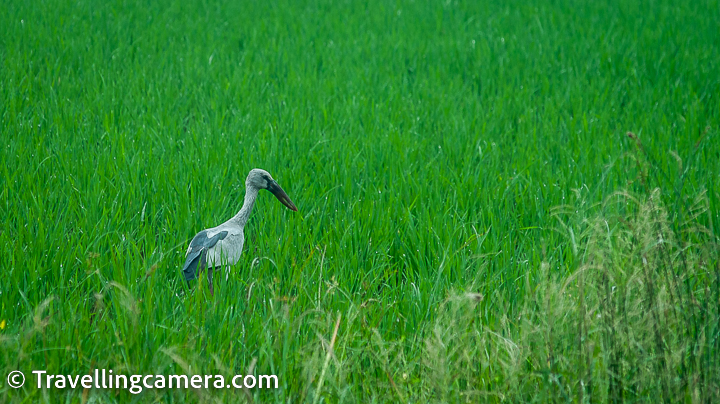
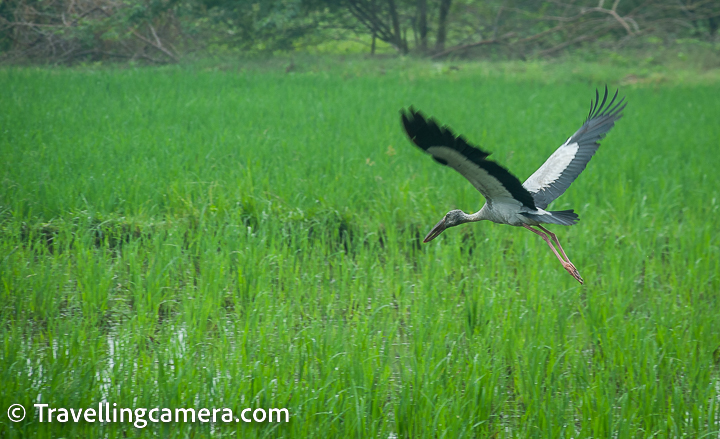




%20to%20see%20the%20Danish%20fort%20in%20Tamilnadu%20state%20of%20India-3.jpg)













.jpg)
Comments